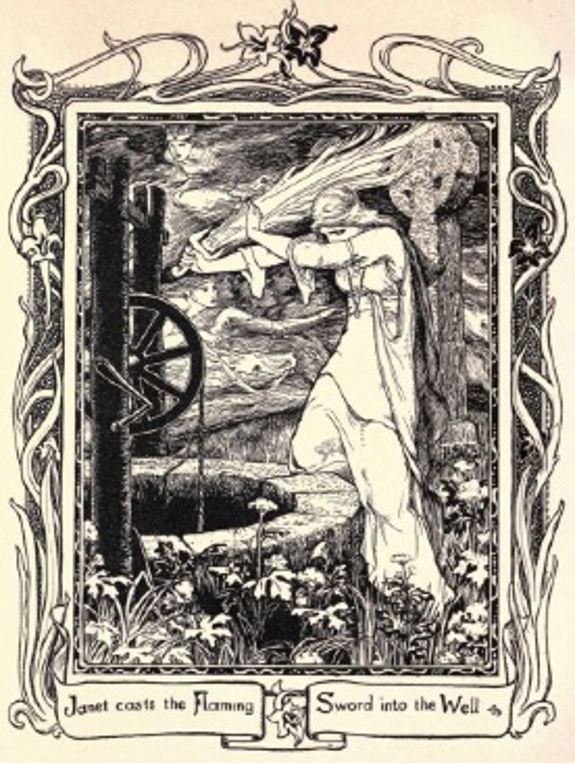What work do the sunbeams do for us? They do two things,—they give us light and heat. It is by means of them alone that we see anything.
When the room was dark you could not distinguish the table, the chairs, or even the walls of the room. Why? Because they had no light waves to send to your eye. But as the sunbeams began to pour in at the window, the waves played upon the things in the room; and when they hit them they bounded off them back to your eye, as a wave of the sea bounds back from a rock, and strikes against a passing boat. Then, when they fell upon your eye, they entered it, and excited the retina and the nerves; and the image of the chair or the table was carried to your brain.
Some substances send back hardly any waves of light, but let them all pass through them. A pane of clear glass, for instance, lets nearly all the light waves pass through it; and therefore you often can not see the glass, because no light messengers come back to you from it. Thus people have sometimes walked up against a glass door, and broken it, not seeing it was there.
Those substances are transparent, which, for some reason unknown to us, allow the ether waves to pass through them. In clear glass, all the light waves pass through; while in a white wall the larger part of the rays are reflected back to the eye. Into polished shining metal the waves hardly enter at all, but are thrown back from the surface; and so a steel knife or a silver spoon is very bright, and is clearly seen. Quicksilver is put at the back of looking-glasses because it reflects so many waves.
The reflected light waves not only make us see things, but they make us see them in different colors. Imagine a sunbeam playing on a leaf: part of its waves bound straight back from it to our eye, and make us see the surface of the leaf; but the rest go right into the leaf itself, and there some of them are used up and kept prisoners. The red, orange, yellow, blue, indigo, and violet waves are all useful to the leaf, and it does not let them go again. But it can not absorb the green waves, and so it throws them back; and they travel to your eye, and make you see a green color. So, when you say a leaf is green, you mean that the leaf does not want the green waves of the sunbeam, but sends them back to you. In the same way the scarlet geranium rejects the red waves; a white tablecloth sends back nearly the whole of the waves, and a black coat scarcely any.
Is it not strange that there is really no such thing as color in the leaf, the table, the coat, or the geranium; that we see them of different colors because they send back only certain-colored waves to our eye?
So far we have spoken only of light; but hold your hand in the sun, and feel the heat of the sunbeams, and then consider if the waves of heat do not do work also. There are many waves in a sunbeam which move too slowly to make us see light when they hit our eye; but we can feel them as heat, though we cannot see them as light.
The simplest way of feeling heat waves is to hold a warm flatiron near your face. You know that no light comes from it, yet you can feel the heat waves beating violently against your face.
Now, there are many of these dark heat rays in a sunbeam, and it is they that do most of the work in the world. It is the heat waves that make the air hot and light, and so cause it to rise, and make winds and air currents; and these again give rise to ocean currents. It is these dark rays, again, that strike upon the land, and give it the warmth which enables plants to grow. It is they also that keep up the warmth in our own bodies, both by coming to us directly from the sun, and also in a very roundabout way through plants.
Coal is made of plants, and the heat it gives out is the heat these plants once took in. Think how much work is done by burning coal. Not only are our houses warmed by coal fires and lighted by coal gas, but our steam engines work entirely by water which has been turned into steam by the heat of coal fires; and our steamboats travel all over the world by means of the same power.
In the same way the oil of our lamps comes either from olives, which grow on trees, or from coal and the remains of plants in the earth. Even our tallow candles are made of mutton fat, and sheep eat grass; and so, turn which way we will, we find that the light and heat on our earth, whether it comes from fires, or candles, or lamps, or gas, is equally the work of those waves of ether coming from the sun, which make what we call a sunbeam.
—From “The Fairy Land of Science,” by Arabella B. Buckley.

